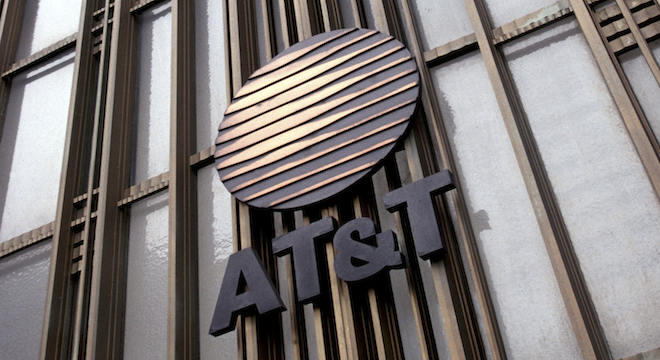Merger interference isn’t keeping AT&T down.
The nation’s second largest mobile wireless provider will launch its long-awaited 4G LTE network on Sunday, September 18, in five cities: Atlanta, Chicago, Dallas, Houston and San Antonio, according to an announcement made Thursday by AT&T CFO John Stevens at the Bank of America/Merrill Lynch media conference.
By the end of the year, it plans to add another five markets, covering a total 70 million subscribers, according to Connected Planet.
In practical terms, very few AT&T customers will likely be able to take immediate advantage of faster download speeds (between 5 and 12 megabits-per-second, compared to AT&T’s current 3G average speeds of 812 kilobits-per-second).
The service will cost $50 for 5 gigabytes of data, according to Apple Insider. But not very many customers will be able to take advantage of it, at least initially, as an LTE-compatible device is required.
As Information Week notes:
Last month, AT&T announced the first batch of LTE gear: an LTE mobile hotspot and an LTE laptop dongle. (Sorry smartphone addicts, there are no LTE smartphones yet.)
The devices, both made by Sierra Wireless, are the USBConnect Momentum 4G (dongle) and the Elevate 4G (hotspot). The Momentum 4G costs $49.99 and the Elevate 4G costs $69.99, both requiring a new two-year contract.
Dallas, Texas-based AT&T is playing catch-up to it’s main competitor, Verizon, the nation’s largest wireless provider, which launched its own 4G LTE in 39 major metropolitan areas, covering 110 million Americans, in December 2010.
Since then, Verizon has rapidly deployed its 4G LTE around the country, and now covers an estimated 160 million. By the end of the year, it plans to get that number up to 180 million.
Meanwhile, Sprint and T-Mobile also boast their own 4G networks, with 200 million and 170 million customers, respectively, but they rely on different technologies, leading to some debate over what actually qualifies as “4G” as defined by the International Telecommunications Union.
As ITE spokesman Sanjay Acharya told us via email: “Basically, the term 4G has not been defined. The next generation technology is IMT-Advanced, which is WirelessMAN-Advanced and LTE-Advanced. LTE, HSPA+ etc are evolved 3G technologies, but these are being promoted in the marketplace as 4G.”
AT&T does have one major advantage over competitors though, as Connected Planet points out:
AT&T will be the only operator to back up its 4G network with another so-called 4G network. All the LTE devices sold so far also contain HSPA+ radios, giving AT&T’s customers much faster access speeds when they leave LTE coverage than VZW customers, who would switch over to its 3G EV-DO network
Still, it’s worth noting that when all is said and done, real world download speeds are often far slower than advertised. And when blog This Is My Next tested an early deployment of AT&T’s 4G LTE in August, writer Chris Ziegler only got “between 6 and 7Mbps downlink and 1 to 2Mbps on the uplink.”
If you are in one of the above markets and happen to have a 4G LTE-enabled device that you can test, feel free to email us with your results at idealab@talkingpointsmemo.com.









